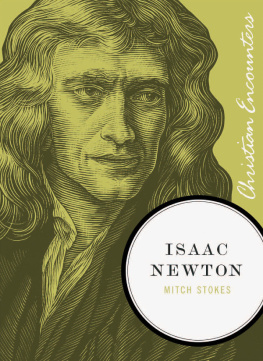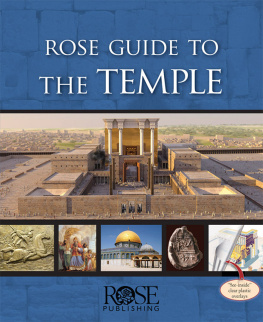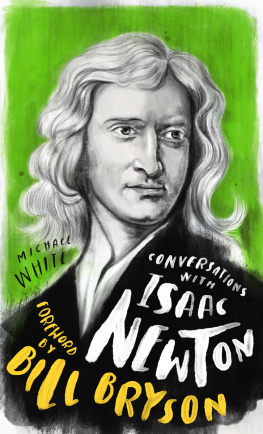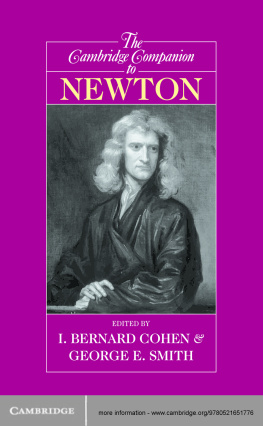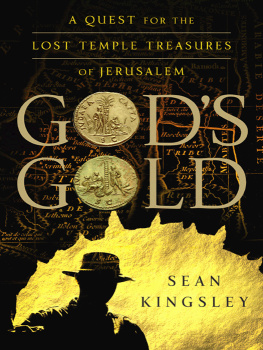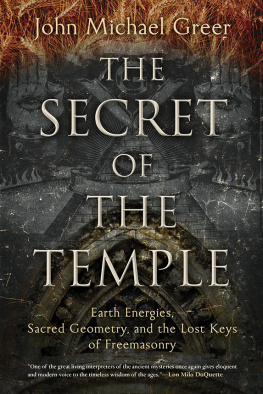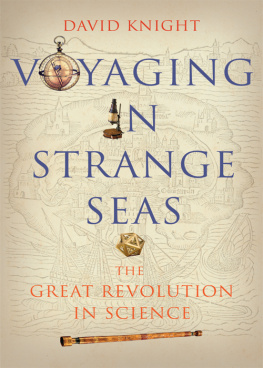
Temple at the Center of Time
Temple at the Center of Time: Newton's Codex Finally Deciphered and the Year 2012
David Flynn
Official Disclosure
A division of Anomalos Publishing House
Crane
Official Disclosure
A division of Anomalos Publishing House, Crane 65633
2008 by David Flynn
All rights reserved. Published 2008
Printed in the United States of America
08 1
ISBN-10: 0981495745 (paper)
EAN-13: 9780981495743 (paper)
Cover illustration and design by Steve Warner
All scripture quotes are from the King James Version unless otherwise noted.
A CIP catalog record for this book is available from the Library of Congress.
CONTENTS
All geographic distance calculations in this book are based on the 1909 Federal Aviation International Sphere Model, the standard for international aeronautic and avionic navigation for nearly a century. The (FAI sphere) is most closely based on the sacred methods of measuring distances on the earth from antiquity (measure along a great circle on a sphere with a mean radius of 3,958.75 statute miles) and agrees with the numeric systems found in the ancient texts of the Bible.
Introduction
I suspect that my theories may all depend upon a force for which philosophers have searched all of nature in vain.
Isaac Newton
During the formation of modern science and philosophy of the 17th century, the highest achievement lay not in the realm of discovery, but in rediscovery. The Renaissance began at the end of the Byzantine Empire in 1453, when Constantinople fell to the Turkish Ottoman Empire. Volumes of Classical Greek manuscripts were made available to Western Europe for the first time, brought by waves of Greek refugees.1One of the greatest philosophical influences transferred to Western Europe from Constantinople was the work of the Neo-Platonists. This philosophy continued the ideas of Plato, who believed that all the workings of knowledge and civilization had been conveyed to humanity from a divine source, and was not conceived by the mind of man.2 Through a series of disasters on a world scale, civilization and the knowledge that had produced it was lost.
Whereas just when you and other nations are beginning to be provided with letters and the other requisites of civilized life, after the usual interval, the stream from heaven, like a pestilence, come pouring down, and leaves only those of you who are destitute of letters and education; and so you have to begin all over again like childrenPlato, The Timaeus .3
Further in this work is the story of Atlantis, the greatest and oldest civilization the world has ever seen, that had disappeared in a single day and night of misfortune. There exist no earlier sources of the legend of Atlantis besides the work of Plato. Timaeus was one of the most copied and widespread of Platos works in the Renaissance. In the Neo-Platonic philosophy, the story of Atlantis was considered allegory with underlying truth, or in some cases, a true historical account. It provided the intellectual framework from which the Neo-Platonists searched for lost knowledge. The Neo-Platonist manuscripts of Hippolytus, Proclus, Arisophanes, Plutarch, Apuleius, and many others from antiquity developed the theme that knowledge had been given to man from a divine source. Through its misuse resulting in the corruption of mankind, it was lost by a subsequent judgment from heaven.
Neo-Platonic views of the time also sought to link the celestial and natural world with the divine, an idea borne out of a reawakening to the scientific value of the ancient texts of the Greeks. Ancient religious, scientific, and esoteric works were reassessed within in the context of Judaic-Christian thought.
Historically, the Scientific Revolution was united with an Occult Renaissance, the vestiges of which can be seen even today within the names of established branches of modern science. For example, chem istry originated from al chemy , (the dark art) from the Arabic word meaning from Egypt or from the land of Kemet, meaning darkness.4 Men like Heinrich Agrippa, John Dee, Kercher, Descarte, and later Leibnez and Newton created amalgamations of the religious and natural world, a world divinely ordained and regulated.
Theologians of the Renaissance proposed that because all natural mechanisms of creation originated from God, the resolution of these aspects through natural magic would validate Christianity. Ideas stemming from pure occult writing contained in various ancient sources were deemed compatible with the hidden knowledge in the ancient texts of scripture. This transition of thinking from the realm of occult and religious, to one of pure science was one of the hallmarks of the age. Geometers, mathematicians, chronologists, philosophers, and theologians of the age searched the texts of the ancients for the lost pure knowledge or prisca sapienta that would merge all sciences.5
Late medieval thinkers such as Descartes, Francis Bacon, and John Dee were obsessed with re-obtaining the prisca sapientia . They poured over the records of antiquity to recover it, believing that the ancients had distilled the essence of it in mathematical truths or some in a symbolic language.
In 1657, the English scholar Robert Turner published Ars Notoria , which purported to contain the pure knowledge of the ancients. The key to understanding the nature of lost knowledge, according to Turner, who had borrowed from earlier works, was the prayers of King Solomon, builder of the first temple of Jerusalem. In the forward of the text, Turners editor explains that, It is called the Notory Art because in certain brief notes it teacheth and comprehendeth the knowledge of all arts."6In practical application, Ars Notoria did little to produce a pure science, but it did reveal the direction in which the intellects of the Scientific Revolution were searching in order to recover it. They viewed the Biblical account of King Solomon as a tantalizing glimpse of knowledge that had once been and might be recovered by any man that was deemed worthy by God. Solomon was regarded as having obtained the pure science through divine providence. Many of the Late Medieval and Renaissance intellects patterned themselves after Solomon, learning as much as possible about the ancient Hebrew language and rituals. The languages of other ancient civilizations were considered important to the quest as well. The more ancient the language, the closer it may have been to the original and purest expression of knowledge. Suspecting that the ancient Greek geometers had once possessed part of this whole, Rene Descartes, one of the key figures in the Scientific Revolution, wrote:
We have sufficient evidence that the ancient geometers made use of a certain analysis which they applied in the resolution of their problems.These writers, I am inclined to believe, by a certain baneful craftiness, kept the secrets of this mathematics to themselves. Acting as many inventors are known to have done in the case of their discoveries, they have perhaps feared that their method being so very easy and simple, would if made public, diminish, not increase public esteem. Instead they have chosen to propound, as being the fruits of their skill, a number of sterile truths, deductively demonstrated with great show of logical subtlety, with a view to winning an amazing admiration, thus dwelling indeed on the results obtained by way of their method, but without disclosing the method itselfa disclosure which would have completely undermined that amazement.7
Next page





